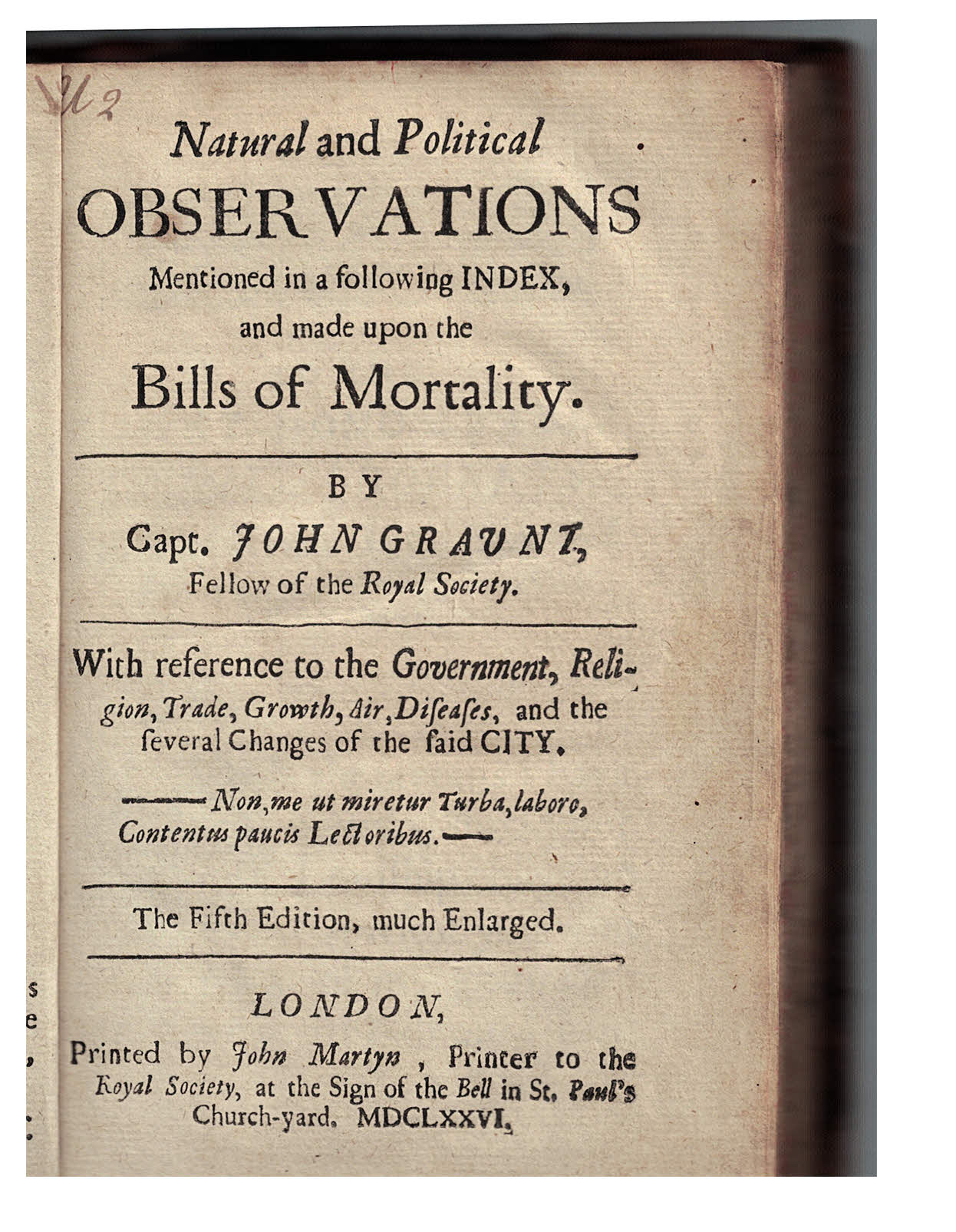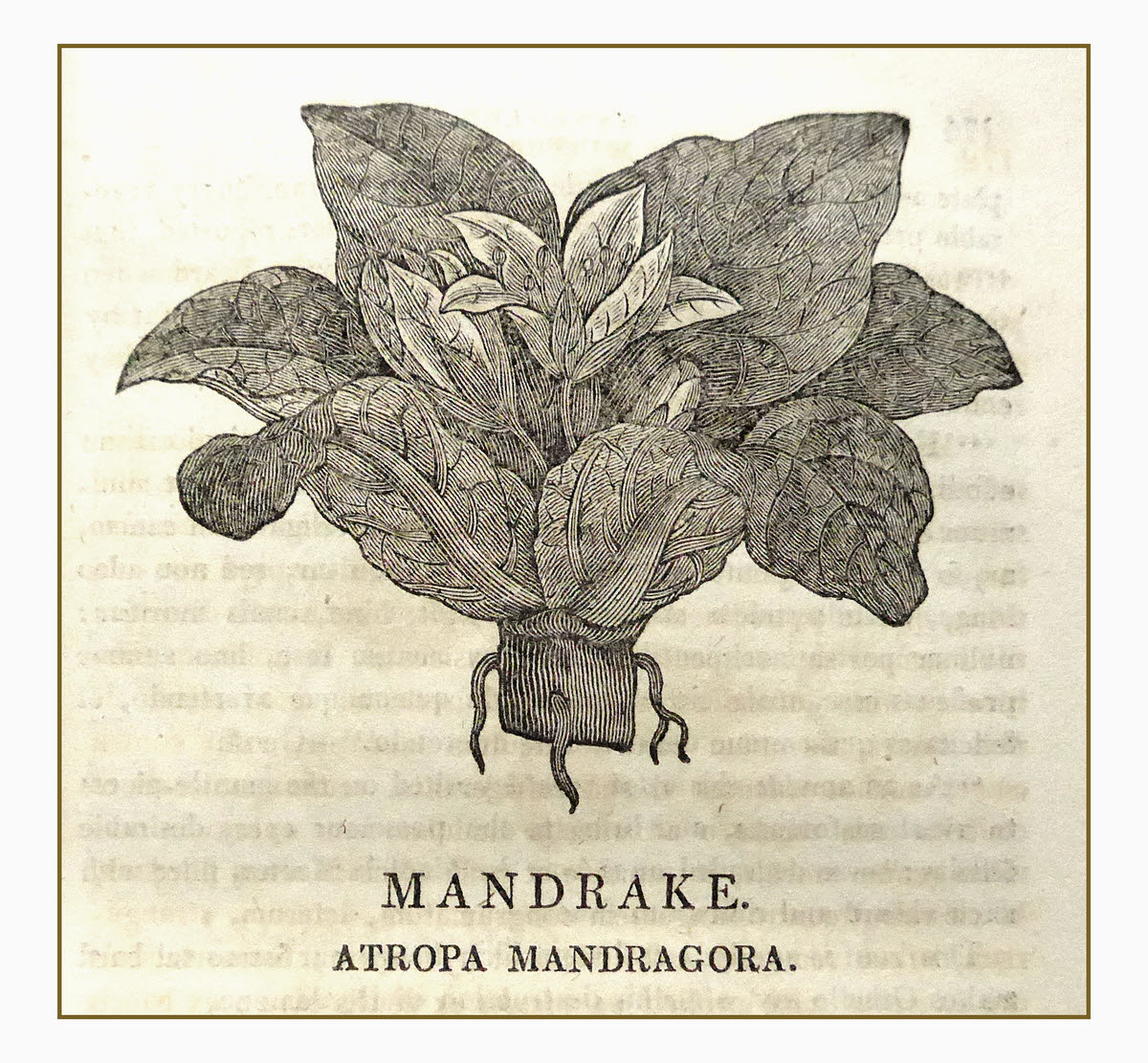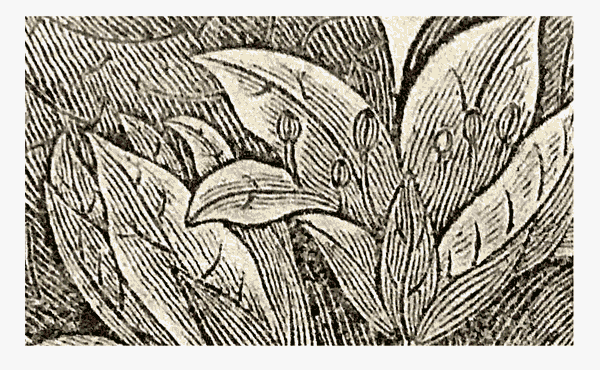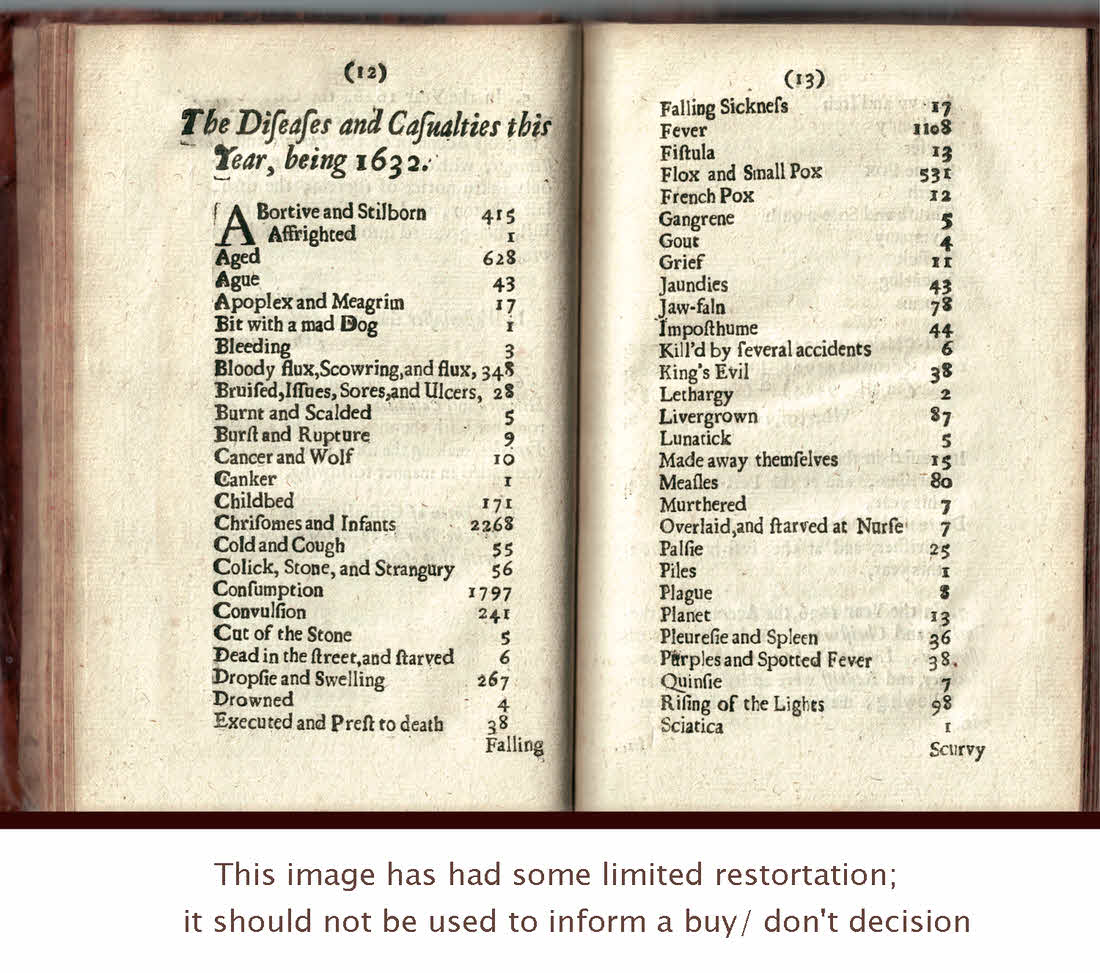Mad On Books home page... discussions of old books, maps.
An exciting two weeks in the life of a
collector of antiquarian books
(filename: index-oct17.htm)
Why would someone collect old books? The following is an attempt give you some idea... maybe it will even inspire you to give it a try?
From time to time, I am sent lists which describe books that are for sale.

I have a lot of fun just pouring over them. I don't have to "need" to own a book to enjoy reading information about it. The booksellers work hard, with considerable skill, to explain why each book would interest certain people, and why is is an "important" book.
After some "scene setting", I will tell you of delights that came to me in the course of unpacking a recent order of books. I hasten to add that it was unsual to be buying so many at once! (You can skip straight to the heart of the tale, if you wish.)
But if a book catches my eye, seems suitable for my wants, then "the chase is on". The thrill of the chase can be intense.
First stop- the web generally, and in particular Wikipedia, to learn about the book, the author, the history surrounding a particular book, or the subject it covers.
Then there's Abebooks.com... an "eBay" for grown-ups interested in books. Tip: When you search on a title which interests you, change the setting which defaults to "least expensive first". Have the books listed most expensive first. That way you start your exploration from the current "best of breed".
When I went to Abebooks to learn more about one of the books which had caught my eye, Ure's Philosophy of Manufactures, I discovered that there were quite a few copies available, across a wide range of prices... which is good. (In other cases, the copy on sale was the only one currently offered... in which case you don't have the help that Abebooks often provides.)
If nothing else, if there are multiple Abebooks listings, then you get the combined wisdom and research of a number of dealers.
If there are several copies available, you look at the details... the inexpensive one might be a very late edition. The next most affordable is an older edition... in terrible condition. There are different bindings, from "contemporary" to "sometime rebound". (Of course, some modern bindings are gorgeous, and some collectors want that. I prefer something to be as close to "how it was then" as possible.)
Moving up the scale, if something is inscribed by the author, who was it inscribed to? What does the inscription say?
Besides inscriptions, there is "association"... Beware Winnie-the-Pooh books with "Christopher Robin" written in a childish hand. (The poor lad may have been sat down in front of a big pile of the books and told to sign them.) If his copy of the book comes onto the market, it will be quite expensive.
Still speaking of "association": I bought a book once that had nothing to do with the discovery of DNA. (Although I collect "milestones in science", I drew the line at £10,000 for a piece of paper, even if it DID have printing on both sides, and started "We wish to suggest a structure for the salt of deoxyribose nucleic acid... ".) However I DID once purchase an unremarkable biography of Bertram Russell's last years... with a neat, hand-written, "F. Crick" (ownership marking) on the front free end-paper.
The list of books I went through, with some care, ran to 126 pages. (Oh. I hadn't realized until I looked that up to record it that I'd examined quite so much material. Time flies when you're having fun? But it was worth it, as I hope you will see.) And that's just one of many lists/ catalogues in the past six months. You've got to "do the homework". But, as I said... this "homework" is pleasant in itself. And I didn't read every word! Many books just weren't relevant to my interests, and having checked the author and title, I could skip to the next offering.)
A list of books to consider gradually accumulated.
Once I'd got to the end of the 126 pages, I then looked at the "consider" books again. One or two were dropped on "what were you thinking?" grounds. One or two were dropped... for now. The copy on this dealer's list were "wrong" for me for one reason or other. But I'd learned about a "new" book to watch out for! (Often I find a book that I want to read, but not necessarily own, or of which an old, battered (inexpensive!) copy will suffice.)
As the list shrinks, further research goes into the "survivors". For many old books, you can access images of them online. So many books, so little shelf-space. There are books that are "important", but which I will never buy... some of them simply are not very attractive to look at. Ugly bindings. Unattractive typefaces, layout.
So! Eventually I had a (relatively!) short list of books which I wanted. I placed my order, and sat back, excited, awaiting their arrival.
"Christmas morning"!
I can't tell you that it is always quite this exciting. (For one thing, my orders are rarely on this scale!)
However, in hopes of spreading the word of how exciting book collecting can be, I will give you an idea of the things that I came across during my first, cursory, "tour" through my new books.
(While any good dealer will always describe his books well, it is as well to give them a quick check when they arrive, in case you need to open discussions about misunderstandings. The discoveries below arose in the course of my quick check....)
The delightful discoveries
I'll preface each tale of discovery with a quick note to introduce to the book I was checking.
Bell (Andrew), Educator (1753 - 1832) Elements of Tuition. Part I. [and II, &c] The Madras School, published 1815
Why I ordered this-
Hardly unique to this book, but in passing, here's an example of the wonderful "titles" used in that era- "Elements of Tuition. Part I. [and II, &c] The Madras School; or, The Report of the Military Male Orphan Asylum of Egmore, at Madras, with its Original Proof and Vouchers, as Transmitted from India in 1796 and Published in London in 1797 under the Title of An Experiment in Education, &c., A New Edition to which are Subjoined Additional Documents and Records illustrative of the Progress of the New System of Education in the School in which it Originated; and of its Fruits in the Character, Conduct, and Fortunes of its Pupils". Try saying that in one breath!
Bell wanted to bring education to poor children. And he knew he'd never have much money, so he invented a system which got lots of "education" to lots of kids... with not very many teachers. Of course, much of it was "mere" "rote learning". (We can have that discussion another time.
You may have noted "Madras Asylum" in the title. This wasn't a hospital for crazy people. It was a place where some effort was made to look after people who were finding it difficult to look after themselves, among them, children. It gave him a supply of poor children to test and develop his ideas with.
His ideas were good, though, sadly, no "movement" directly linked to him survives. (In his lifetime, he helped many, many children.) His ideas must have been known to the "Lancastrians", though, and they made a "bigger splash".
You get out of something what you put in. Some study of Bell will reward you with an "acquaintance" with an interesting, and "good" man. (Bell's Wikipedia entry)
The "gem" that was on the page the book fell open to when I first perused it was...
To avoid all controversy, for which I have neither leisure nor inclination, and in which I can see no good, I have ever sought to confine my attention to the discovery made at the Madras Asylum... the 'new mode' of conducting [a] school....
In other words, he wasn't going to join the debate about the pros and cons of his system. He was going to get on with helping his kids, trying to make his system as good as it could be.
Thornton/ Bewick, A New Family Herbal. Or, Popular Account of the Natures and Properties of the Various Plants used in Medicine, Diet, and the Arts. The Plants Drawn from Nature by Henderson, and Engraved on Wood by Thomas Bewick. Published 1810
This "ticked" several boxes. Thornton, who did the text, and perhaps organized the whole thing, was a remarkable figure who sank a family fortune into one of the grandest botanical books of all time, his Flora. I was once privileged to "hug" a copy.

From bookseller's description: "A celebrated herbal work with much on coffee, tea, Peruvian bark (cinchona for malaria treatment), poppies, and hundreds of others, each entry with description, illustration, history, preparations or uses, etc."
Bewick has fascinated me for some time, too, being the man who "invented" wood engraving, critical to many years of book production. (This is NOT the "wood block" printing you probably did with linoleum at school.) He was a great artist, and a good man... kind and supportive to his apprentices, among other things. Also a pioneer at the dawn of taxonomy. See Uglow's Nature's Engraver. In the detail below, the pixelation should not be held against Bewick, please. The original of that, engraved into the end-grain of some boxwood, was about 30mm across. Not bad for an era without electric light.

Bewick spent most of his life in Newcastle. I have "family heritage" ties to Newcastle, and also it is just up the road from where the film/ musical Billy Elliot is set. (I won't start on my enthusiasm for that.)
I was given an outstanding introduction to the books of Bewick by a very knowledgeable advocate. However, the herbal slipped past my little gray cells.
Herbals were important... in many ways. Not just quaint things beloved of dotty maiden aunts who think they can fight malaria with the right herbal tea. I have other books in the "herbal" line.
It amused me that when I first perused it, it fell open to the page about mandrakes, which reported many of the things said of them in a certain Harry Potter film... though Thornton reports them as legends, rather than as facts!
Graunt (John) (1620 - 1674), Natural and Political Observations... Made upon the Bills of Mortality. With Reference to the Government, Religion, Trade, Growth, Air, Diseases, and the Several Changes of [London] Published 1676
My collection is meant to be about milestones in science. I interpret "science" broadly, including engineering, medicine, public health.
You can't get far with effective public health measures if you don't have certain basic demographic data.
I hadn't heard of Graunt before seeing the bookseller's description, but, oh my, I should have done!
He was a very early member of the Royal Society, for one thing. I believe I am right in thinking that he was in London for the Great Fire, and the Plagues of that era.
And he was "the father" of demographics. Not only did he do some pretty impressive work at the dawn of the science, he also asked the right questions. He laid out a program of "these are the things we should find a way to measure" which was on target, and kept subsequent demographers busy for centuries.
Bookseller's description quoted Pearson, The History of Statistics in the 17th & 18th Centuries, 1978, p.43, as follows...
"Graunt was the first to realize the importance to the state... of studying vital statistics. It is astonishing how many of the problems of today were first propounded in Graunt's book.... What is the population of a district, how is it to be found? What are the relative proportion of males and females at birth and at later ages? What is the relative fertility of marriages in town and in country? How can we measure immigration from the country to the town? What is the effect of town life on health and on age of marriage? What are the diseases that men die of and at what ages? Which diseases are new and which old? What means can we adopt to trace the number of deaths from diseases which are considered shameful and a record of which is therefore screened? What is the infant mortality? What proportion of the population are fit to carry arms, and what are senescent? What is the course of an epidemic; is its rise more rapid than its fall, and is its cause affected by meteorological conditions? How soon does the population replenish itself after and epidemic? What is the life expectation at each age?"
The book goes into how he managed, in a day before government oversight of our every breath, and computers, to start to measure populations.
The book was considered worthy of inclusion in an important "list" which was the basis of a book called "Printing And The Mind of Man". (Link takes you to Wikipedia entry.)
My initial peruse was rewarded by the following table of causes death in 1632.. total 9535: Of Piles- only 1 (thankfully). Executed and "pressed to death"!- 38 "Cancer and Wolf"(?)- 10 "Rising of the lights"?!- 98

Ure, Andrew (1778 - 1857), The Philosophy of Manufactures: or, An Exposition of the Scientific, Moral, and Commercial Economy of the Factory System of Great Britain Published 1835
As mentioned above, I became extremely enthusiastic about the musical Billy Elliot.
That led me to travel to the British Midlands, where "the modern world", in significant ways, began. Not least the world of mass consumption, factory and mill manufacturing.
So I became interested in the story of the mills. The technology, and the social issues.
So when I saw this book (of which I'd been unaware) on the bookseller's list, I was interested. From his description...
Ure describes and illustrates much of the machinery to be found in different factories. The book is divided into four sections: "General Principles of Manufactures; Scientific Economy of the Factory System; Moral Economy of the Factory System and Commercial Economy of the Factory System". These sections are in turn divided into chapters and a sample of these follows: "General View of Manufacturing Industry; Arrangement and Connection of Manufactures; Topography and Statistics of the Factory System (here Ure makes use of the statistics of industry to draw sociological conclusions); Nature &c. of a Cotton Factory - Worsted Manufacture - Woollen Factory - Flax Factory - Silk Factory; Condition of our Factory Operatives ... History of the Discontents, Prejudices and Legislation on this Subject; Health of Factory Inmates; State of Knowledge and Religion in the Factories ..." There is an Appendix on the "Relative Ages, Sexes and Wages of Factory Work-people". (End quote)
A little work online, and it became evident that this book was incredibly rich with detail. I've given you a sample, below, though it wasn't "the gem" that fell into my lap, on first perusal.
And there are similar facts about the cost of the workers in the mills, the machinery, etc, etc. Riveting stuff, if you have a touch of OCD! Frequently reminded me of Babbage's extraordinary "Economy of Manufacture". (He spends 9 pages on the manufacture of straight pins.) Both texts are available as free e-books, for online study or download.
HOW DID THEY COLLECT THIS DATA in days of horse-drawn transport, no computers, no telephones? And then print the books, with only moveable type to do it??? Holding one of them in your hand should give you goose-bumps!
What did catch my eye, on first perusing the book was the fact that Ure was all in favor of the "new world" which was dawning... and a little myopic when it came to the worker's point of view.
He almost gives the impression that the children loved working in the mills, and were distressed when increasing mechanization reduced the need for young children. He reported that for six "self-acting" spinning mules, only 8 attendants were needed... 6 over 18s, plus two lads. (pg 363)
The job of the lads (not explained in detail in the book!) was to nip "inside" the machinery during an 18 second phase in the cycle when one part was separated from another by about 12 feet. The nipped in, under a low "ceiling" of being-spun yarn, to sweep away "bits", to prevent a build up which would be undesirable on several grounds. The one little snag? Stumble, slip, or otherwise be a bit slow getting "out" of the machine again, and you will be injured... up to and including having your skull crushed, as the two halves of the machine come together again... quite rapidly.
And then there was the bit about average sickness among the children. Supposedly it was low... average of 4 days per year. Didn't mention something I assume, but don't know: If a child got sick for a week, and he/ she might no longer be working at the mill.
Through Ure's rose-colored spectacles, the various maladies of the children were "for the most part induced by causes wholly unconnected with factory labour". (pg 379) (Whatever his distortion of the story, you have to hand the award for elegantly turned phrases to the authors of this time!)
And finally, and I've not looked closely at it yet, but on pg 456, there's something about what a terrible thing a minimum wage is. When something like one had been put in, 40,000 spinners/ weavers were put out of work. "The absurd act of parliament which regulated wages, had driven capital from Spitalfields... were [it] extended [nationwide] it would drive every manufacturer out of it"!
Another sample from Ure...
A yard of army clothing costs about 4s.; and weighs, in its finished state, one pound ten ounces. Five pounds' sterling worth of wool is worked into twelve pounds and ten shillings' worth of cloth. The cost of manufacturing finer cloth for gentlemen from their own wool, is 9s a yard.
That's it for now
That's it for now... sorry. There are similar stories, better polished, more focused, at my site about the joys of book collecting. Besides using the link in the previous sentence, you can also get there with: http://bit.ly/MadOnBooks.
I hope some of the above at least amused. And maybe even fueled an urge in you to join the ranks of the book collectors?
Editor's email address for comments or questions.
 Page tested for compliance with INDUSTRY (not MS-only) standards, using the free, publicly accessible validator at validator.w3.org. Mostly passes. There were two "unknown attributes" in Google+ button code. Sigh.
Page tested for compliance with INDUSTRY (not MS-only) standards, using the free, publicly accessible validator at validator.w3.org. Mostly passes. There were two "unknown attributes" in Google+ button code. Sigh.
....... P a g e . . . E n d s .....



